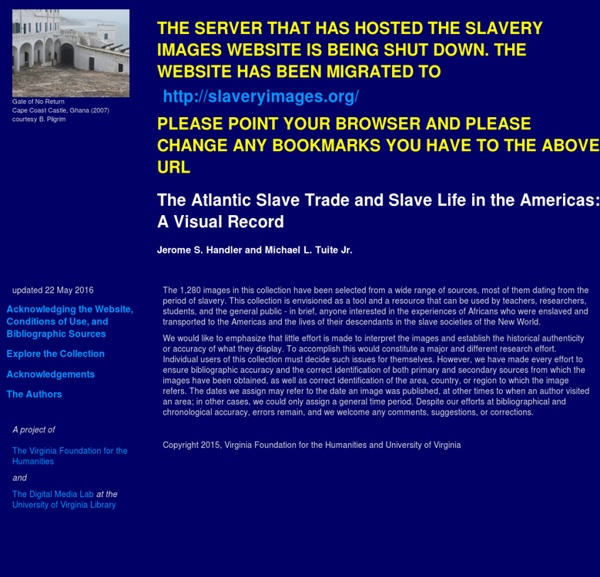[Comité pour la Mémoire de l'Esclavage]
Nouvelle-France, horizons nouveaux
L’exposition que nous vous invitons à parcourir raconte l’aventure de la Nouvelle-France, depuis les premiers voyages de découverte jusqu’à la fin du Régime français. Elle est composée de 350 documents d’archives répartis en douze thèmes. Les manuscrits, imprimés, cartes et plans, portraits, gravures et médailles ont été choisis pour leur qualité visuelle, leur exemplarité, leur force émotionnelle et leur pertinence. Sont abordés tour à tour les circonstances du départ (Partir), les conditions de la traversée (Voyager), l’exploration de nouveaux territoires (Découvrir), les contacts avec les Amérindiens (Rencontrer), le fonctionnement du régime seigneurial (S’établir), la création des villes et des forts (Fonder), la vie quotidienne dans la colonie (Vivre), les institutions (Administrer), l’économie (Commercer), le rôle de l’Église (Prier), les guerres (Combattre), et finalement, le changement de métropole, la déportation des Acadiens et la conquête anglaise (Se maintenir).
Esclaves et Affranchis de Guyane
Il y a une dizaine d'années, je suis parti du constat personnel suivant : engagé dans un programme d'archéologie coloniale sur d'anciennes habitations jésuites, force était de constater la pauvreté des études en matière d'esclavage et d'histoire sociale en Guyane. Certes, des travaux pionniers, fondamentaux encore aujourd'hui, posaient des bases solides (Serge Mam Lam Fouck, Marie-José Jolivet, Yannick Le Roux). Tous ces travaux, si réussis fussent-ils, ne permettaient toutefois pas de toucher les esclaves dans leur individualité. J'avais besoin de données précises sur les ateliers d'esclaves des habitations que nous prospections ainsi que sur ceux des établissements voisins. Les objets de mes recherches s'étendant et touchant systématiquement à l'histoire locale, je me suis donc lancé dans le dépouillement des registres relevant de l'état civil. La base de données contient pour l'instant les informations extraites des registres des nouveaux libres (1848-1853).
ducation
WP6 - Enseignement et recherche en interaction Bienvenue Ce site propose des ressources pédagogiques pour enseigner traites, esclavages et leurs abolitions, de l'Antiquité à nos jours, ainsi que des réflexions sur les enjeux et débats que l'enseignement de ces questions sensibles peut susciter. Il est réalisé par des enseignants, formateurs, chercheurs de France, de Grande Bretagne, d'Haïti et du Sénégal, membres d'EURESCL. La conception et la programmation ont été assurées par des développeurs du CRDP de L'académie de Créteil. On y trouve des documents variés, de qualité, présentés de manière scientifique et didactique. Le site s'adresse à des enseignants du premier et du second degré, mais aussi à leurs élèves, et à toute personne s'intéressant à ces questions. WP6 - bridging research and education welcome This website contains resources for teaching slavery studies and a range of contemporary issues and debates related to slavery.
Le port de Bordeaux vue par Joseph Vernet au 18ème siècle by nicolas cordray on Prezi
Esclavages CIRESC
commercetriangulaire
La traite négrière rochelaise au XVIIIe siècle | Les Expositions Virtuelles de Fort Boyard
Plus nombreux sur un navire négrier que sur les navires marchands, l’équipage dont les marins sont plus là par défaut que par choix, n’est pas toujours de qualité. Dans son journal, Claude-Vincent Polony avoue à son capitaine qu’à bord de La Reine de Podor, certains marins lui causent bien du souci : « soyez sans inquiétude à l’égard de nos captifs. Je le regrette, nos Blancs me donnent plus de peine à contenir ». La promiscuité - les plus gros négriers comptaient plus de 100 marins -, les risques, la durée du voyage, le climat, l’eau croupie et la mauvaise nourriture sont le lot quotidien d’un équipage qui n’hésite pas à déserter aux rares escales ou à l’arrivée aux Antilles. Les armateurs rochelais ont été accusés de retenir la solde des déserteurs, ou celle des marins qui ont fait naufrage, au détriment des familles, ce contre quoi le député rochelais à l’Assemblée nationale, Samuel de Missy s’est battu.



